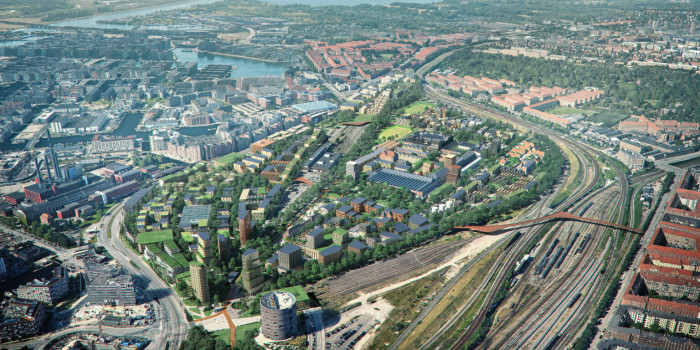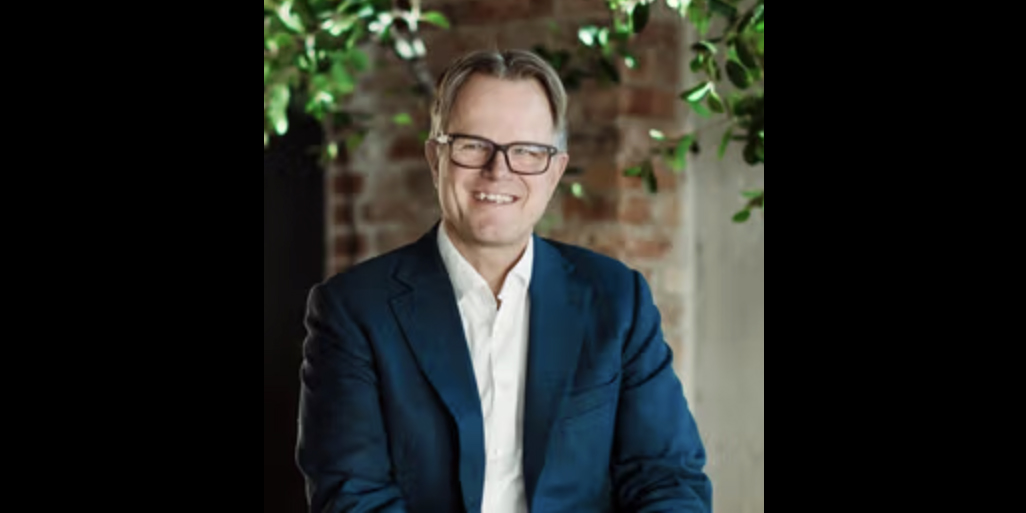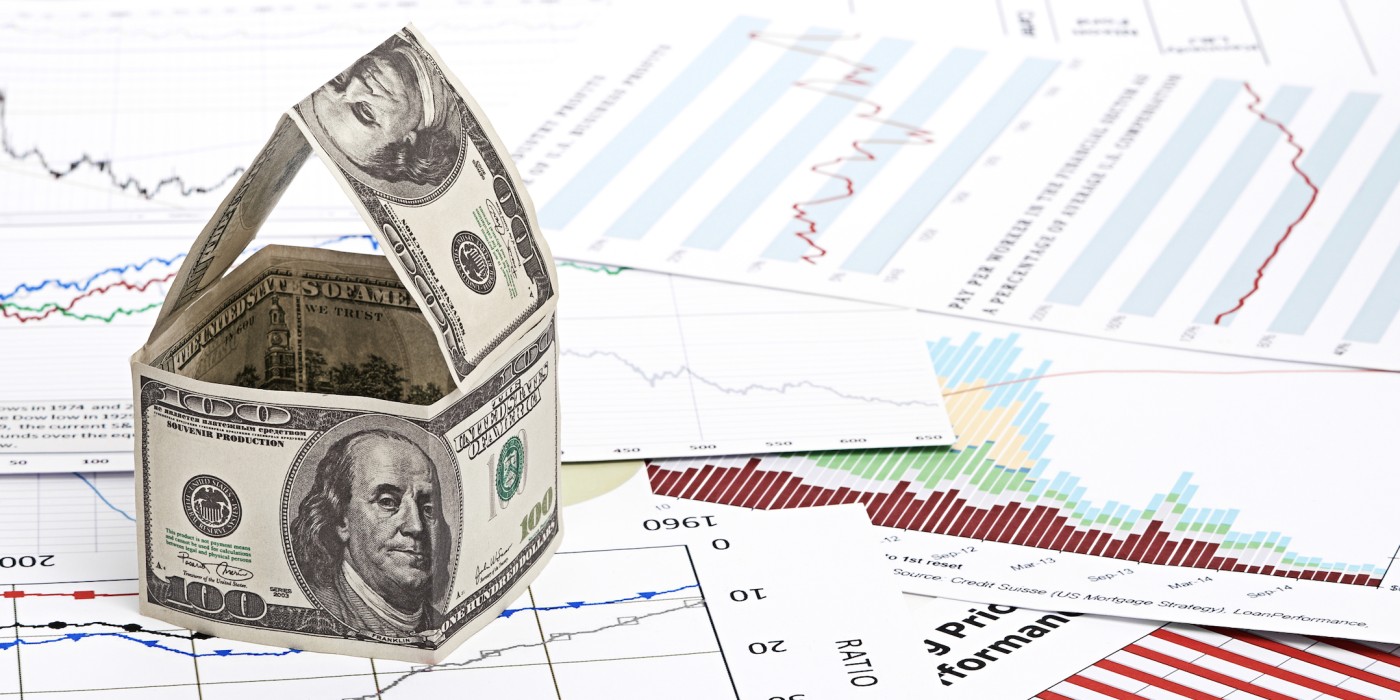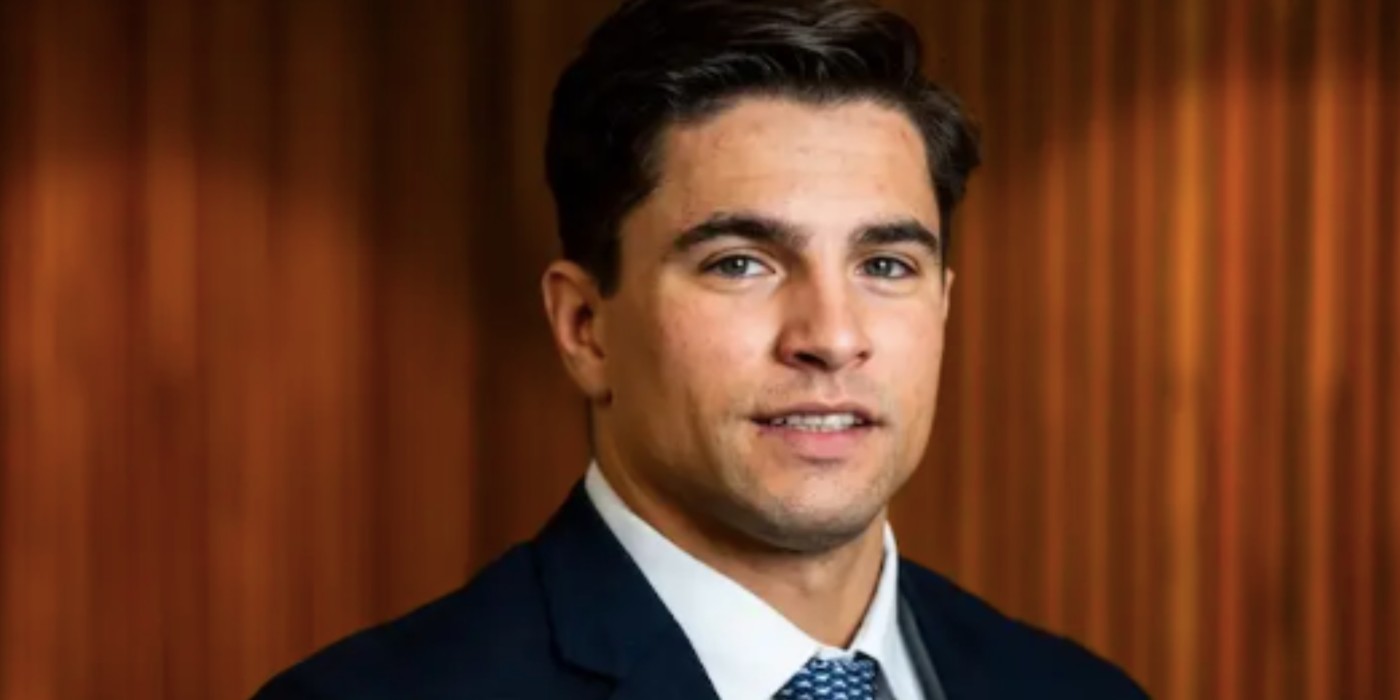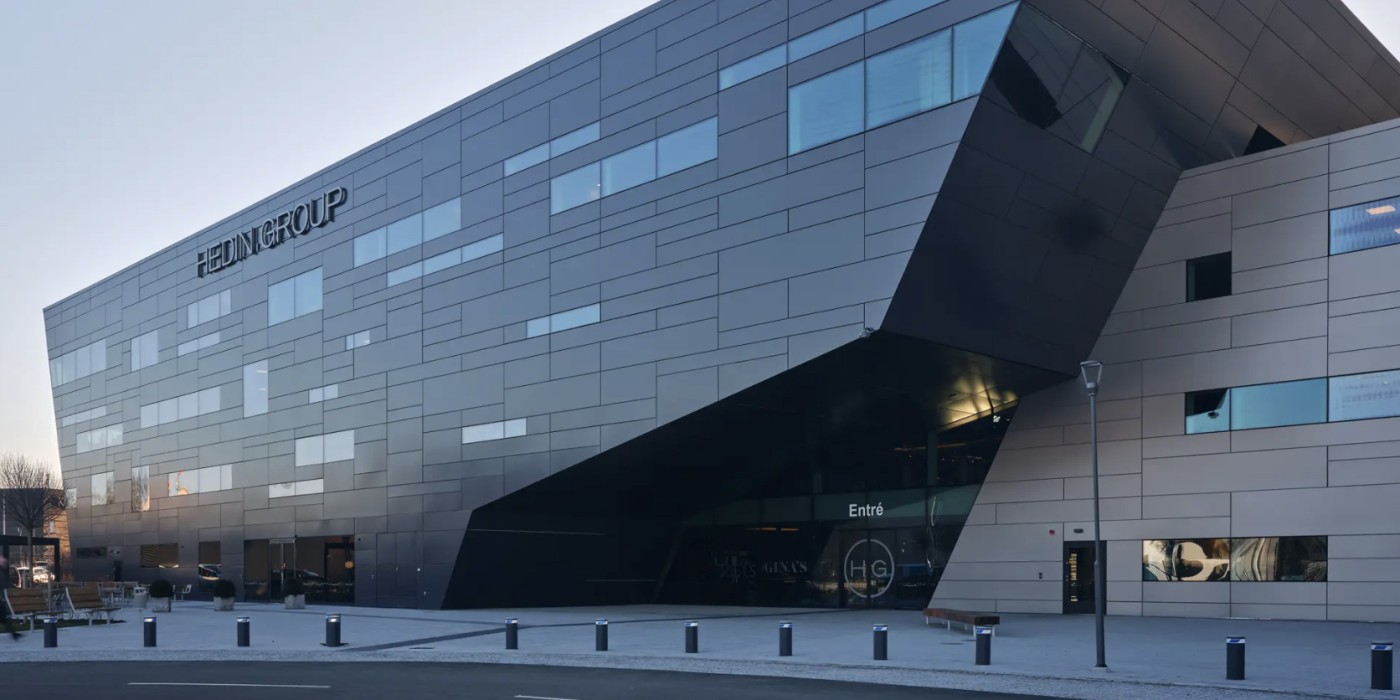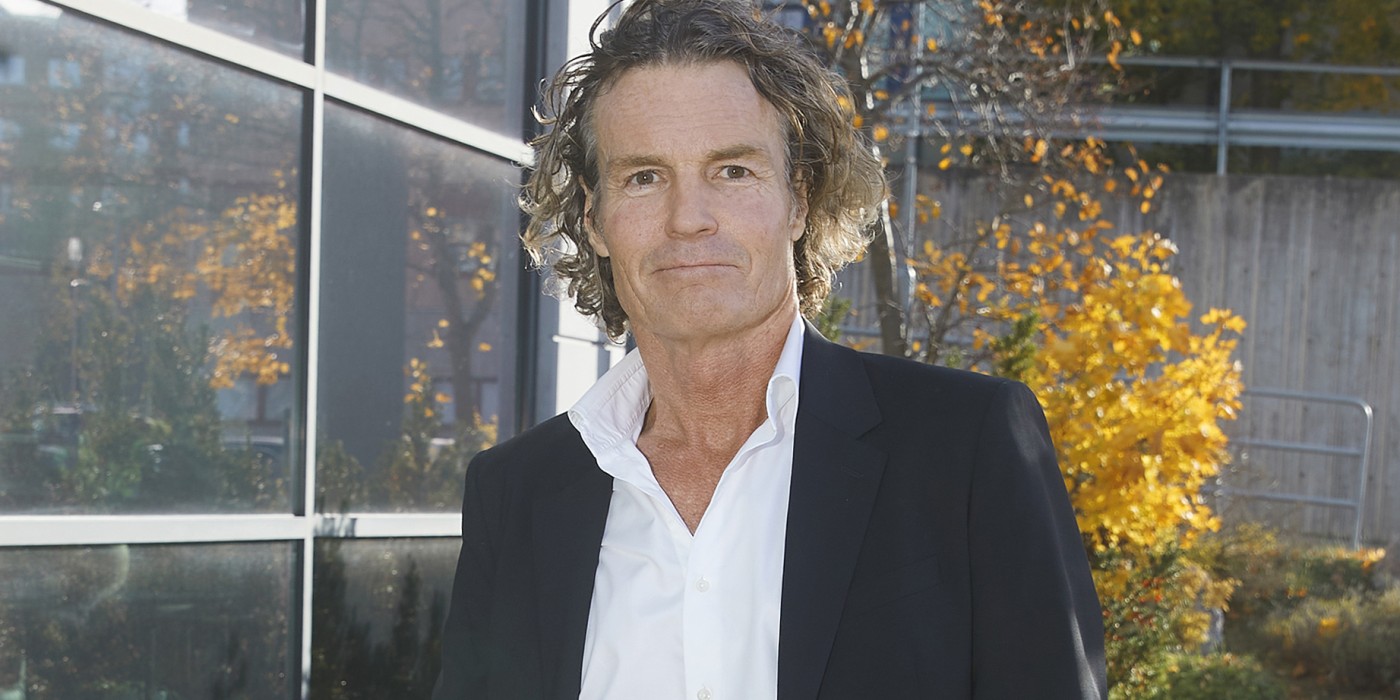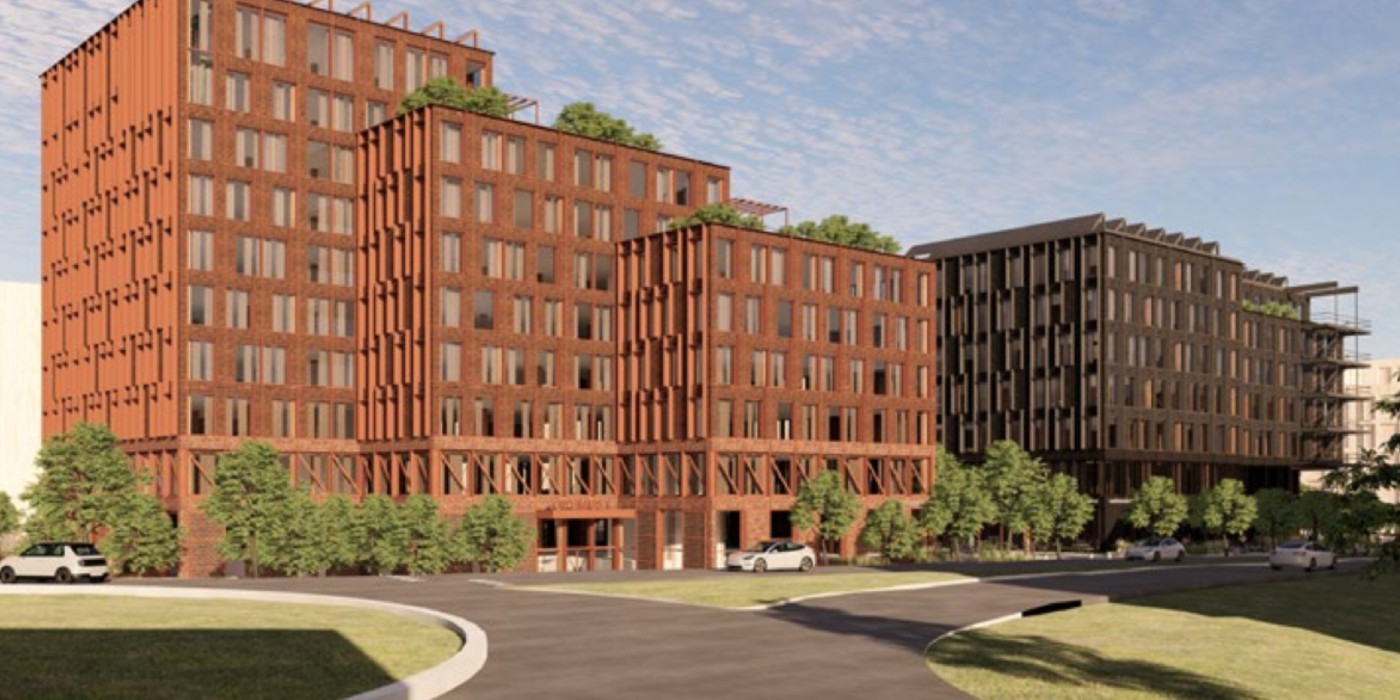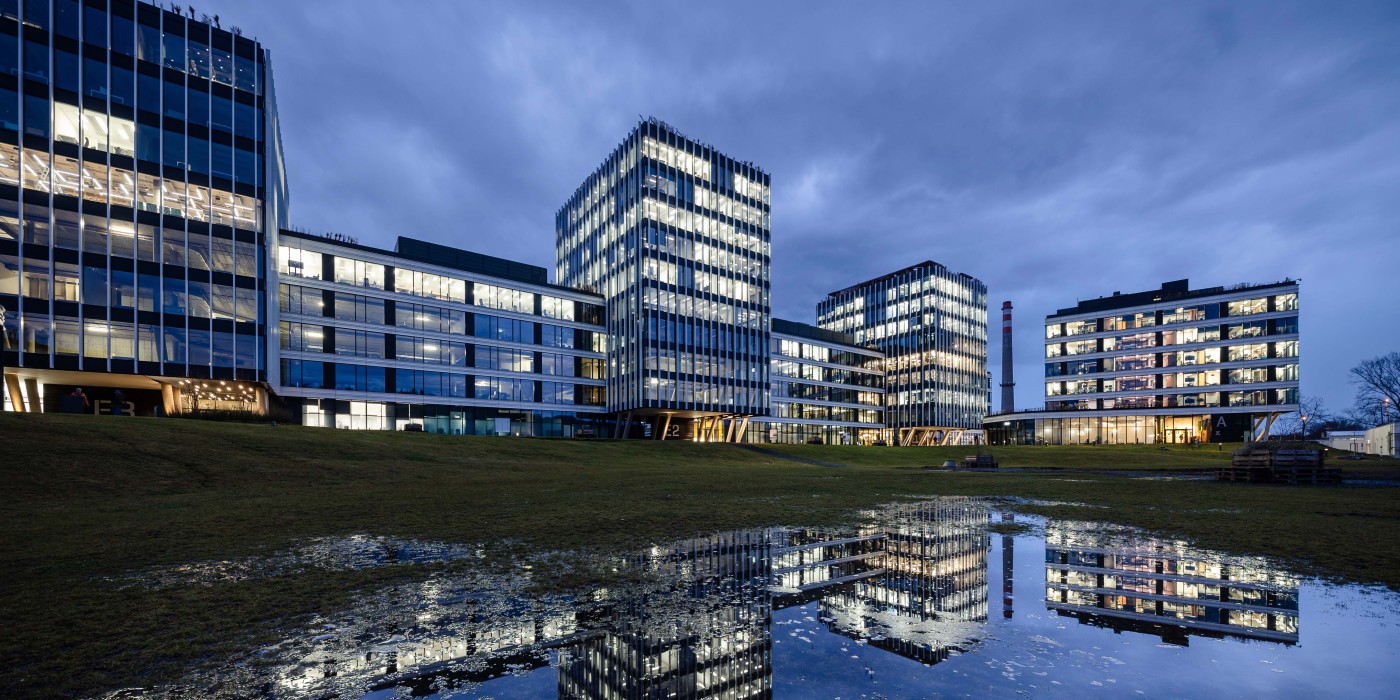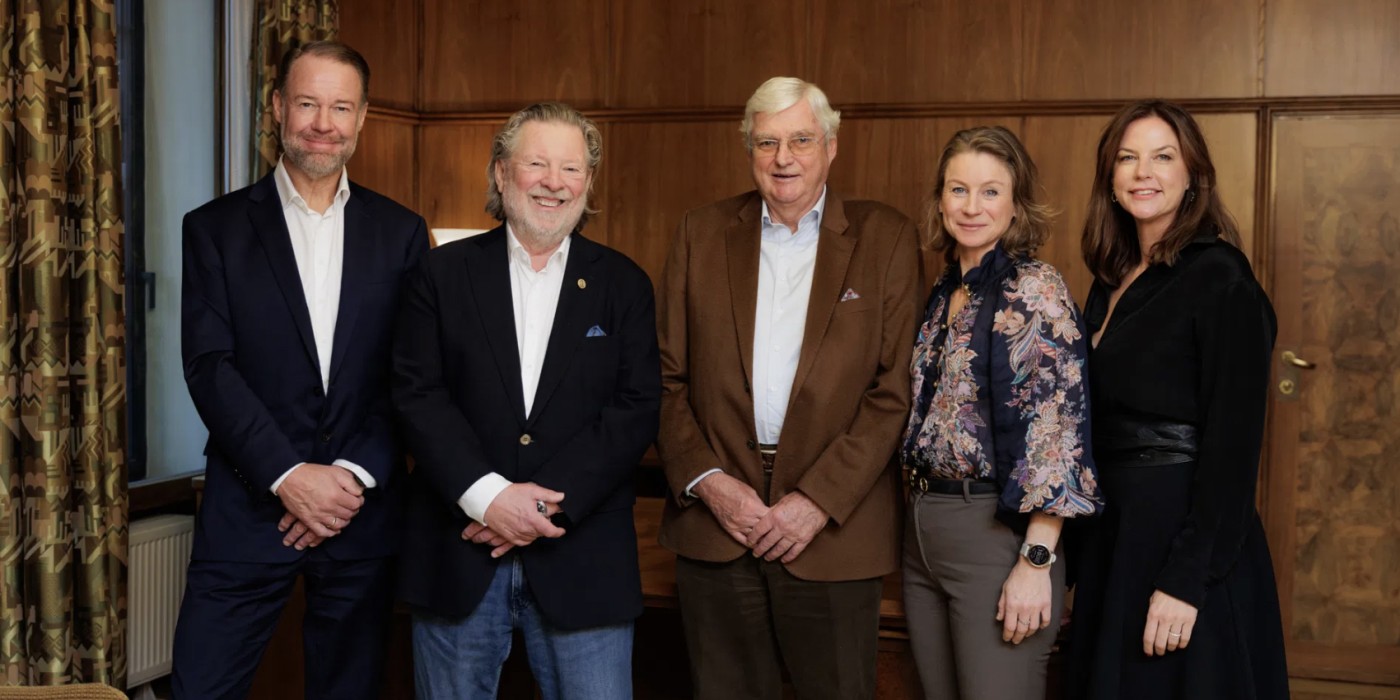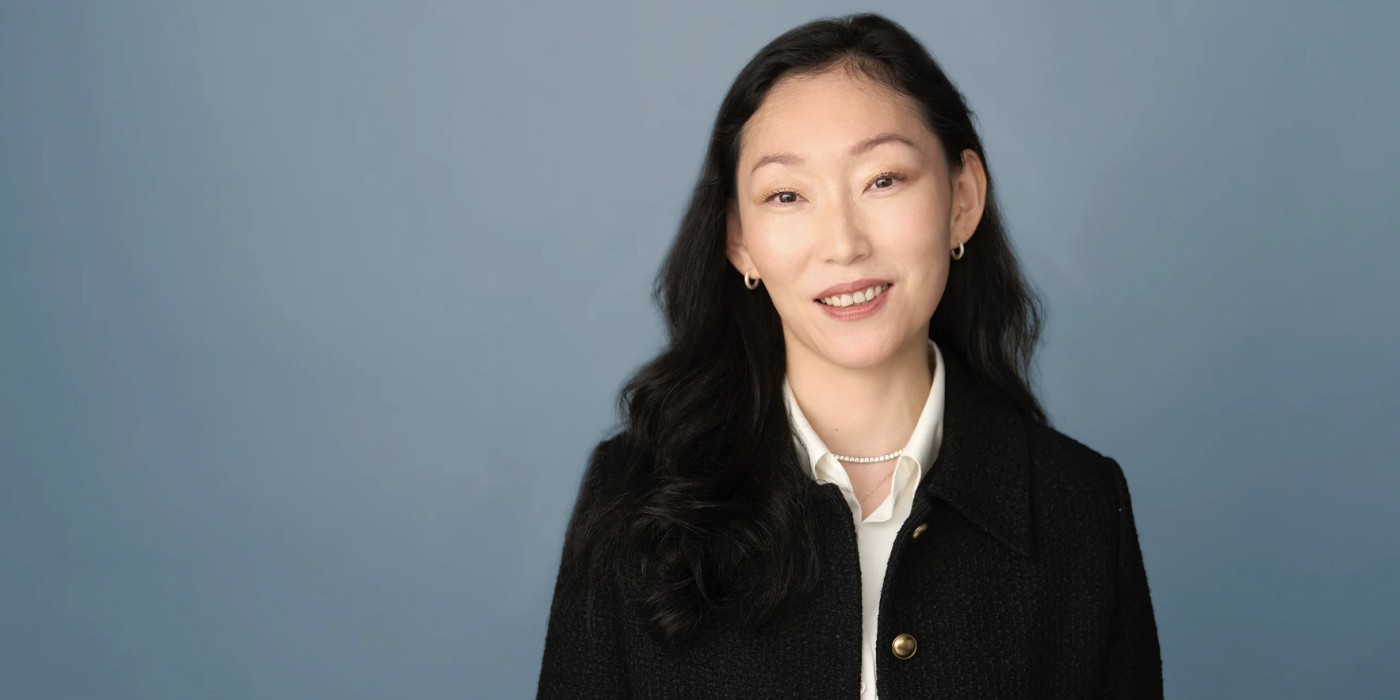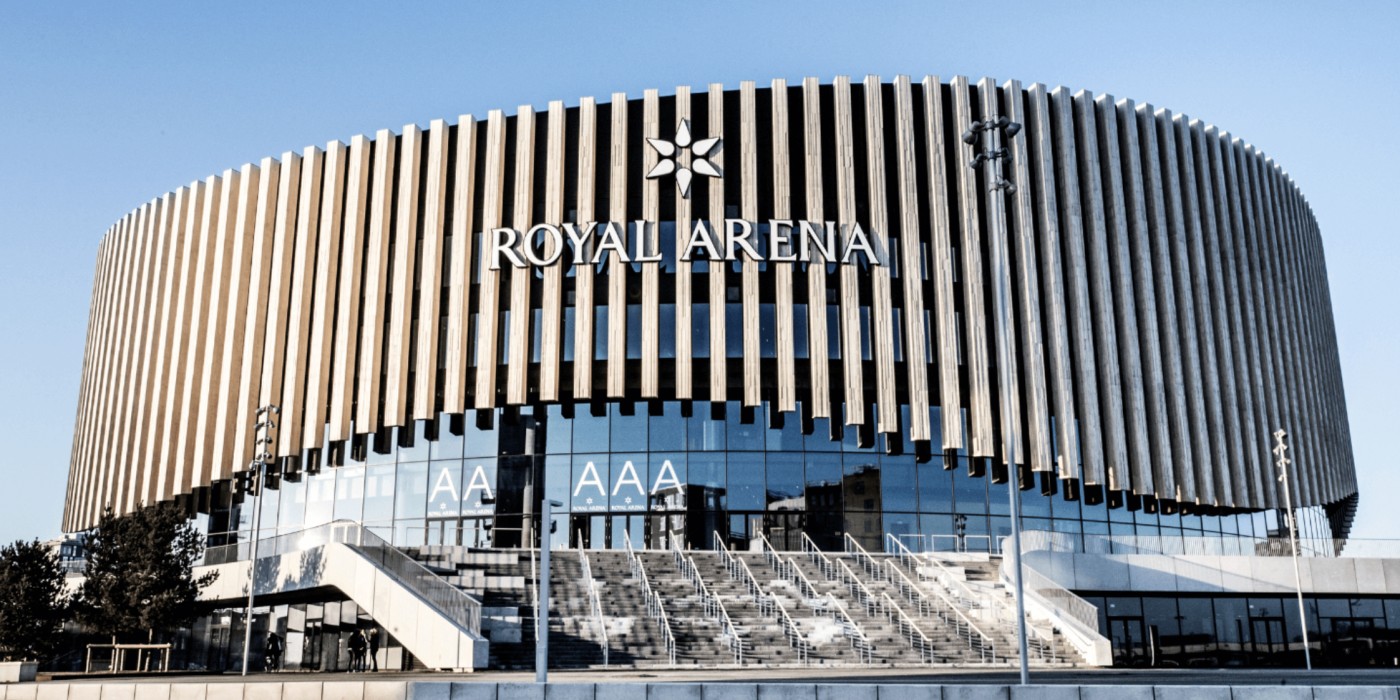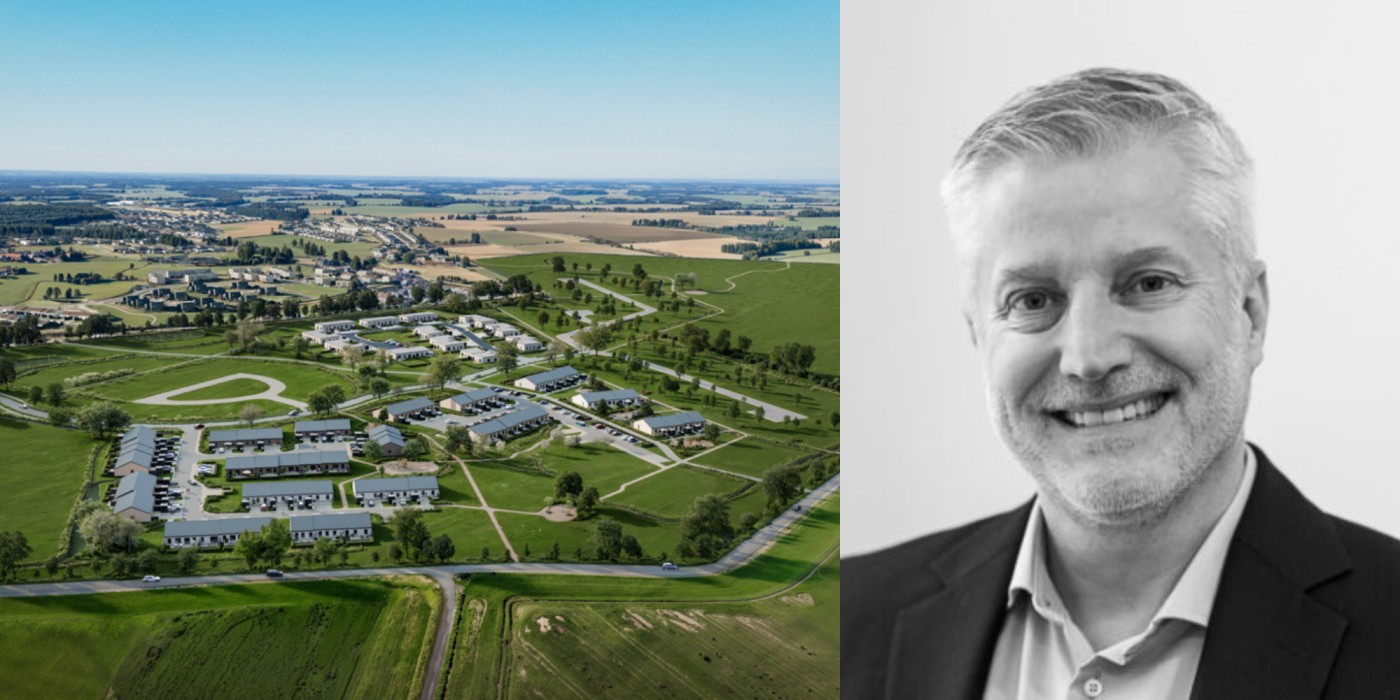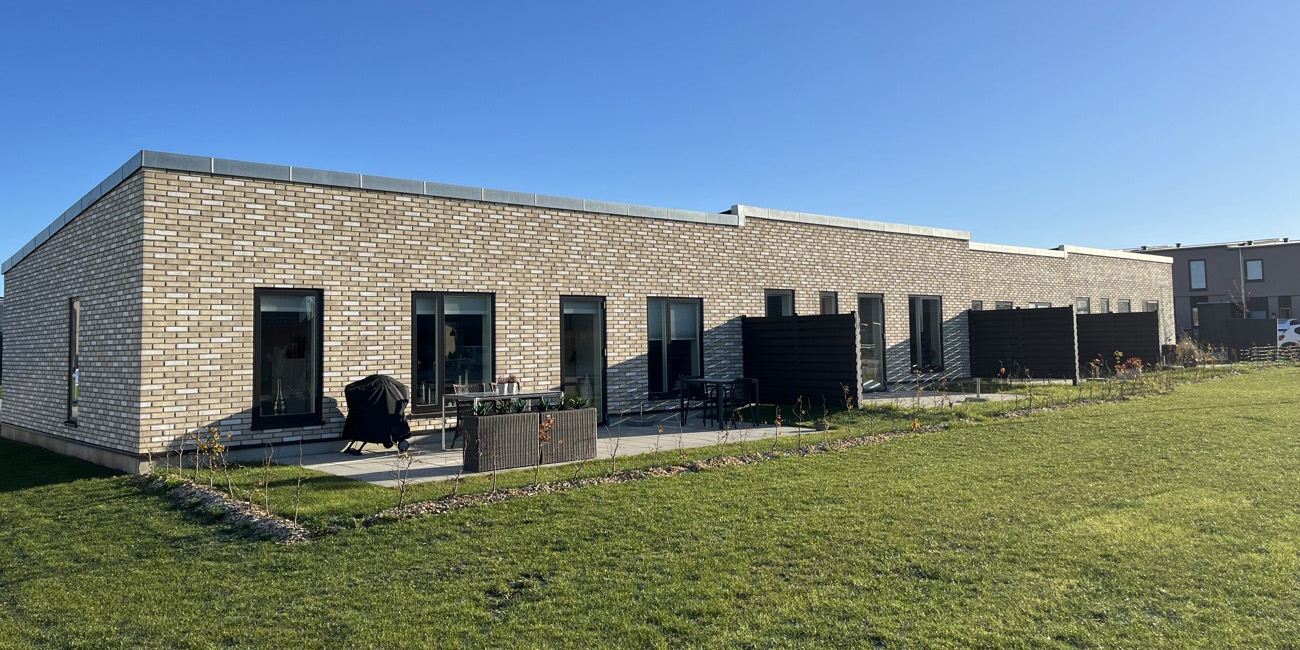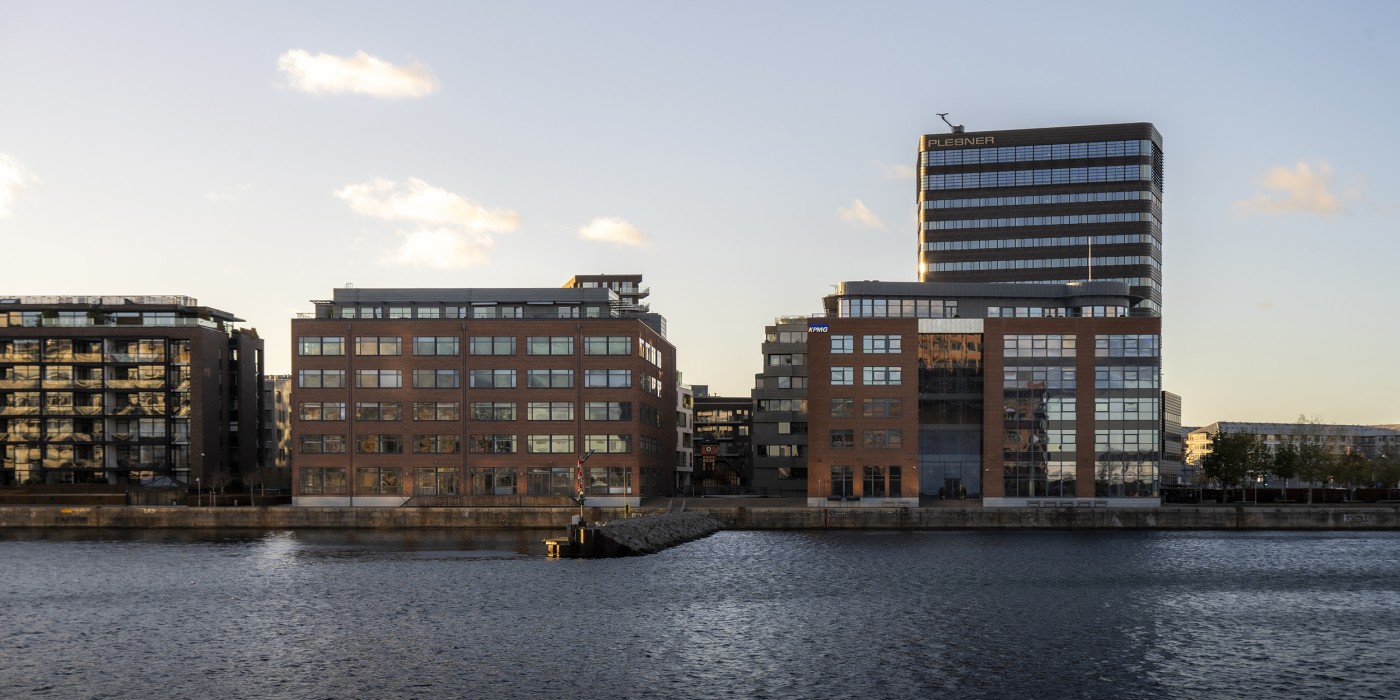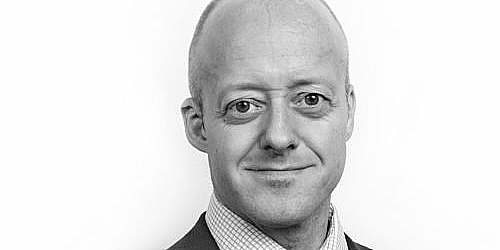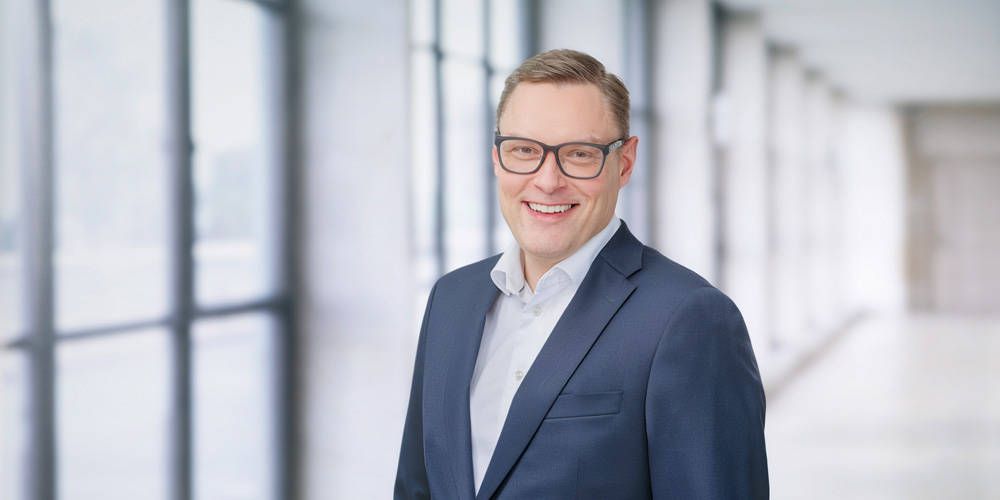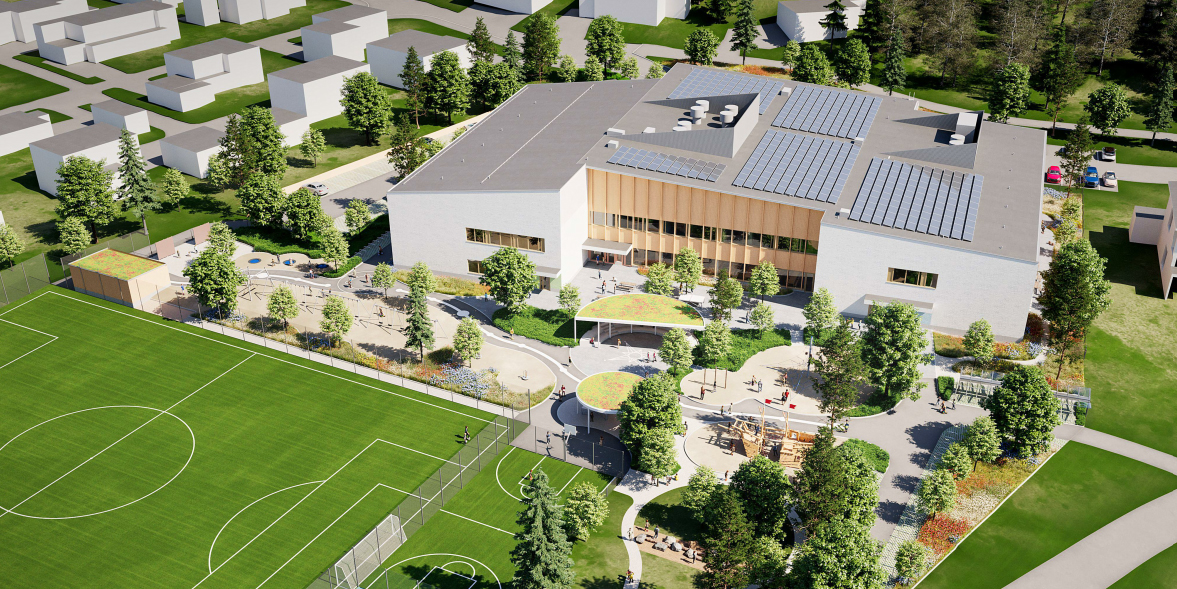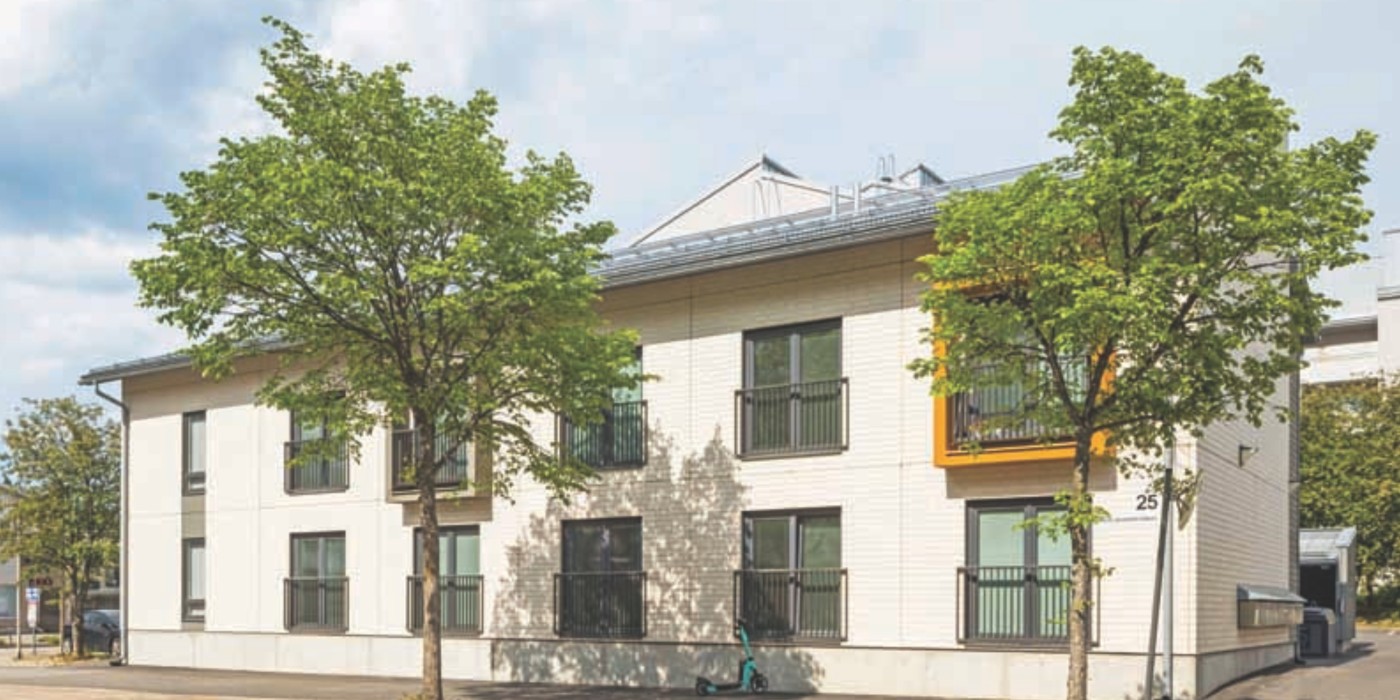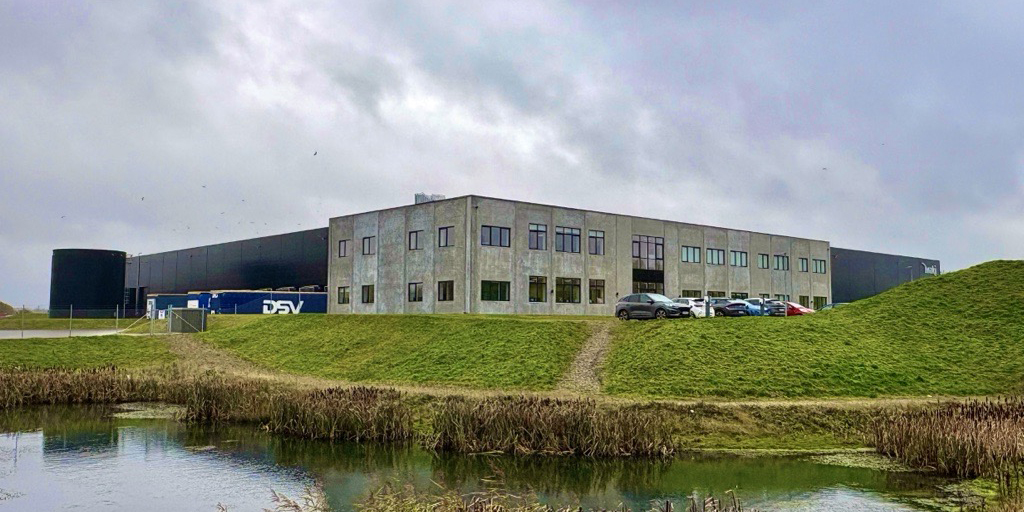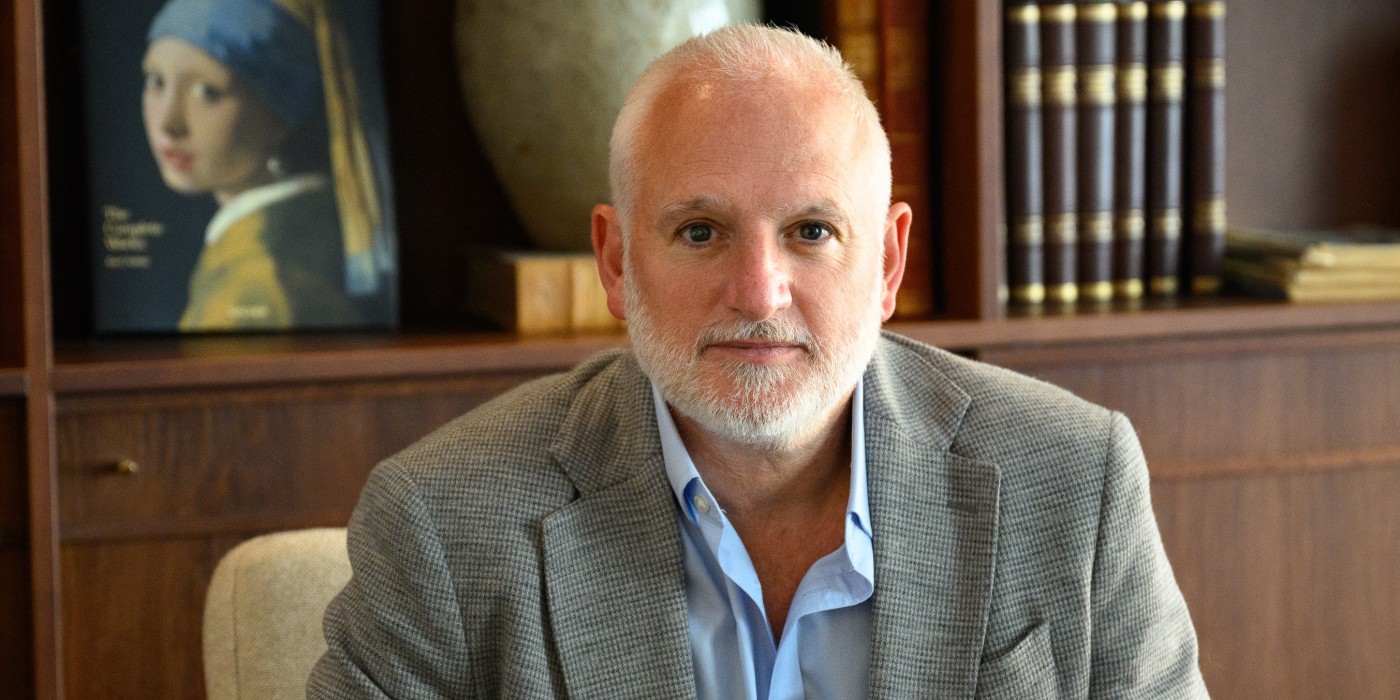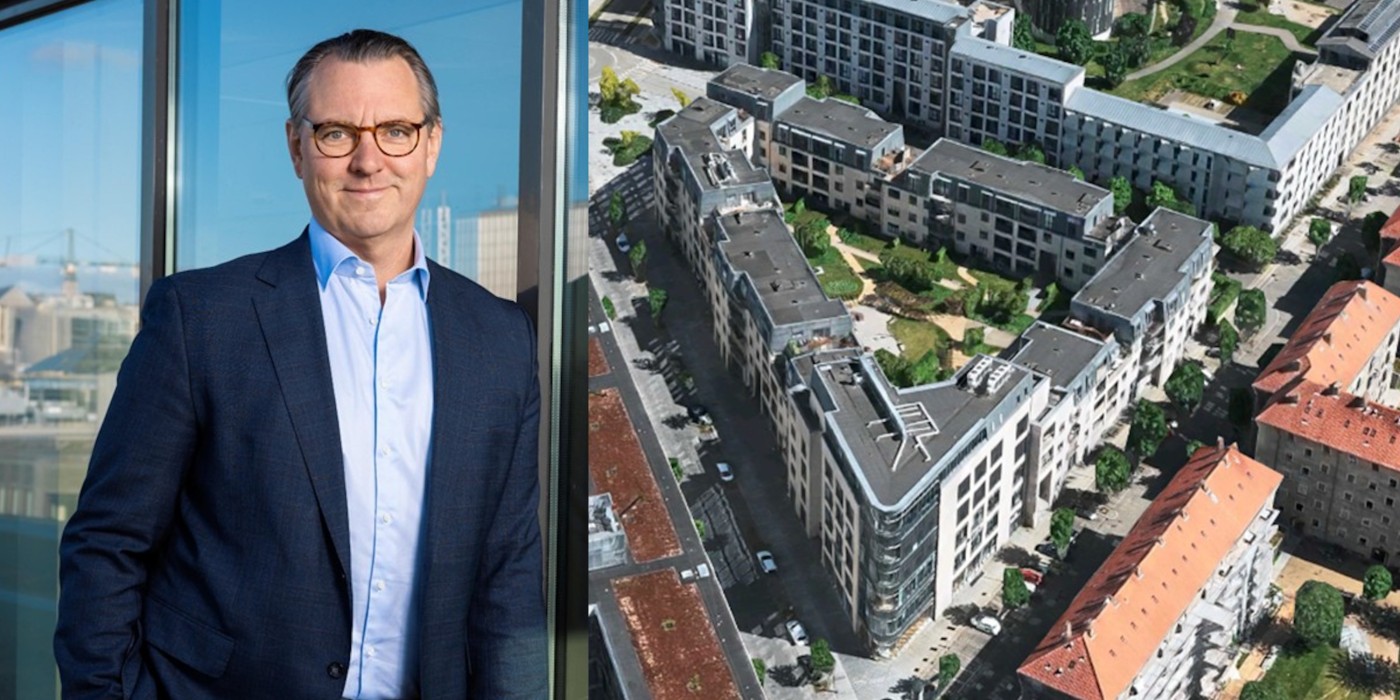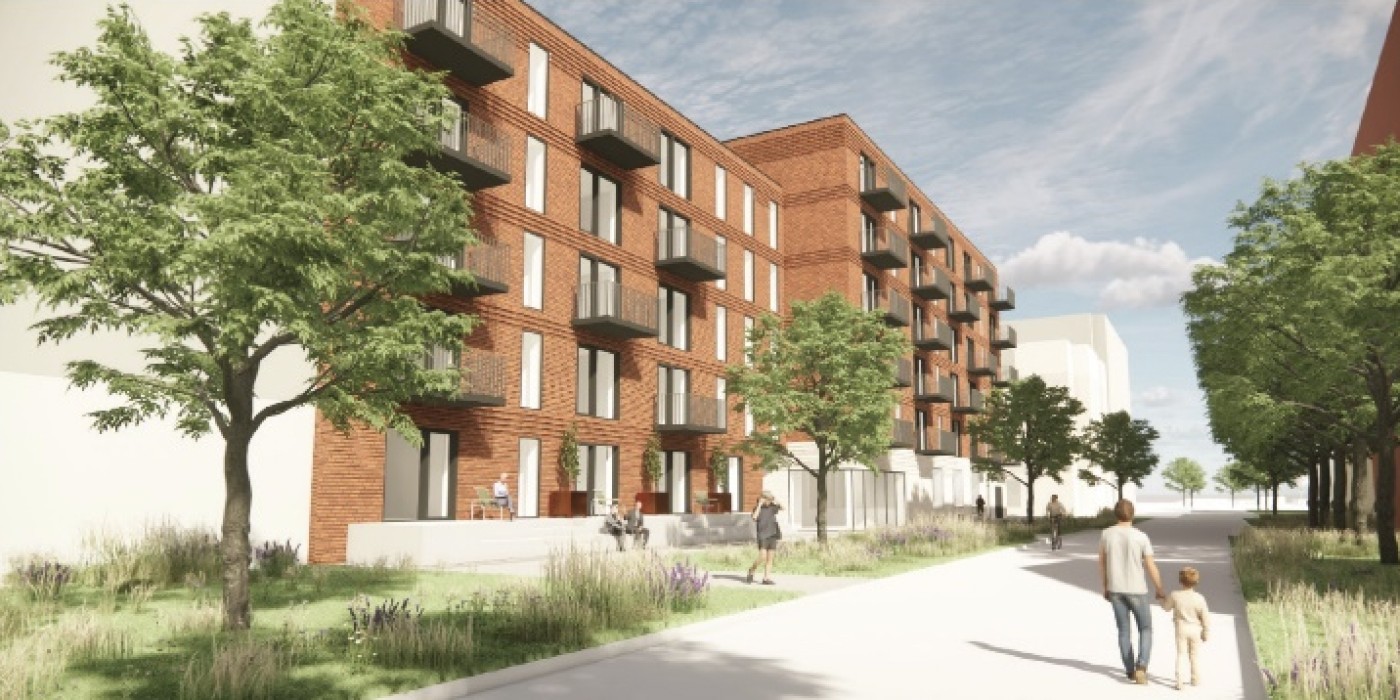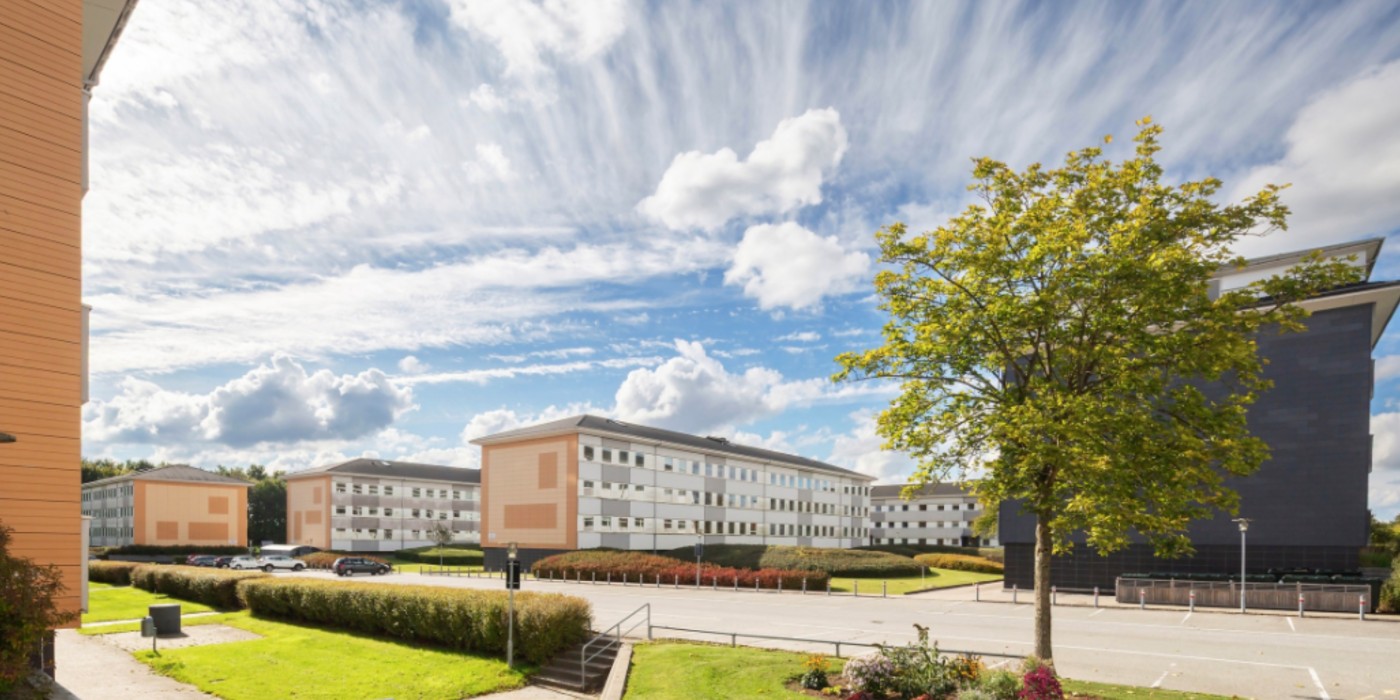Owned by DSB Ejendomsudvikling and Freja, Jernbanebyen is expected to hold approx. 470,000 square meters building rights. The area owned by DSB Ejendomsudvikling is expected to constitute approx. 338,000 m² of building rights corresponding to approx. 71 percent. The total area of Jernbanebyen may be extended with perspective areas in which DSB Ejendomsudvikling has a stake.
Jernbanebyen constitutes the largest and most prominent urban development opportunity in Copenhagen and will tie Vesterbro, Sydhavnen and the Inner City together, but constitute an entire and new city district in its own right.
Jernbanebyen shall become a destination in the city with a broad spectrum of usages sustained by vast green areas and open spaces, which facilitates various activities as well as the possibility of tranquil zones, contributing to a high degree of liveability for future residents.
DSB Ejendomsudvikling’s share of Jernbanebyen will be divided into quarters, which will be developed sequentially, with expected initiation of the construction in the southern area in 2022 and of the northern area in 2025.
Yesterday it was announced that the architect firm Cobe wins competition to design Copenhagen’s new green city district – Jernbanebyen – at the city’s former railroad yard.
Designed in collaboration with Arcgency, Urban Creators, EKJ, 103, Metropolitan Metaculture, Mark Vacher and Sandra Lori Petersen, the project introduces a car free neighborhood where traditional streets are replaced with green urban spaces for cyclists and pedestrians. As a continuation of the site’s former function as an industrial production facility for the Danish national rail company DSB, the project aims to be a city of production. Products will be developed, produced and sold locally, and the unique, listed workshop buildings will be transformed into workshops for creative businesses and startups. Filled with contracts and creativity, the transformed historical industrial buildings and train tracks will be located side by side with green urban spaces, housing, institutions, shops, eateries, communal facilities and cultural offerings, creating the framework for a better and more sustainable everyday life.

 All Nordics
All Nordics
 Sweden
Sweden
 Denmark
Denmark
 Finland
Finland
 Norway
Norway
